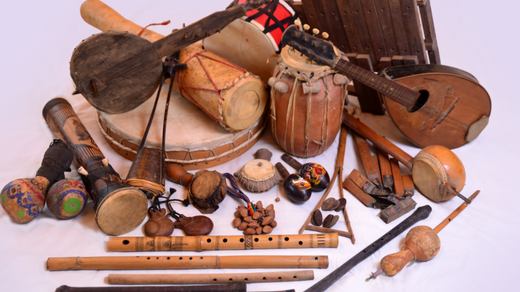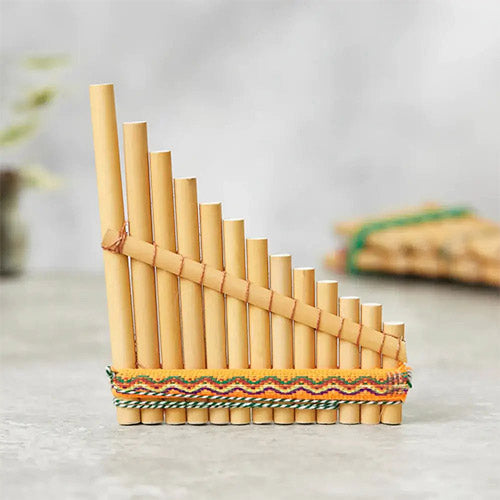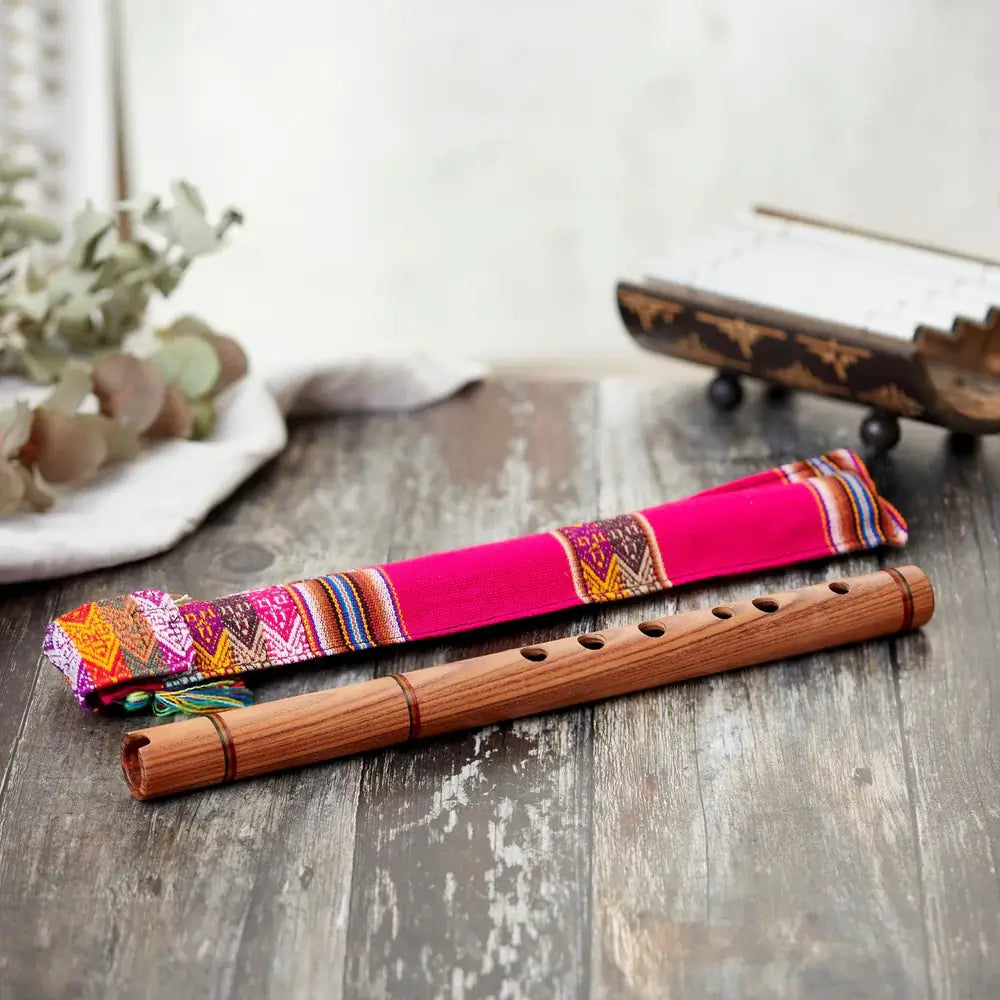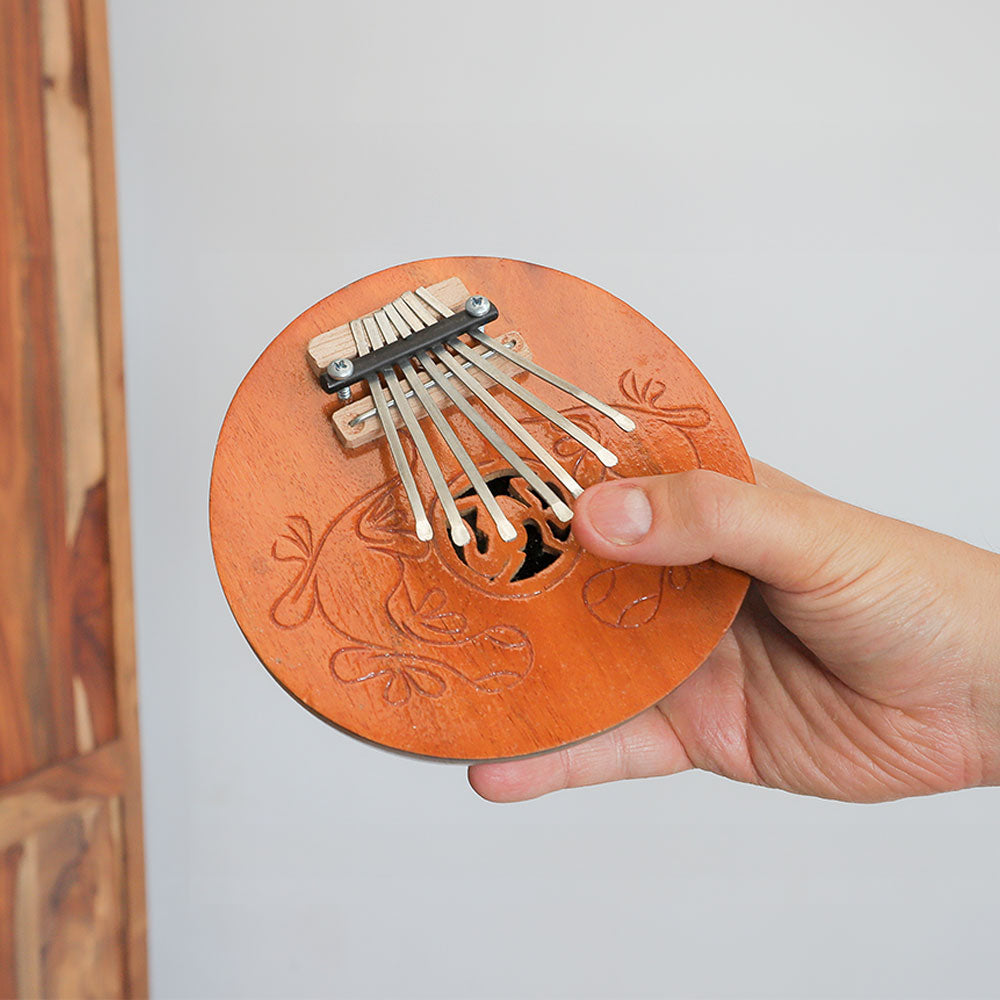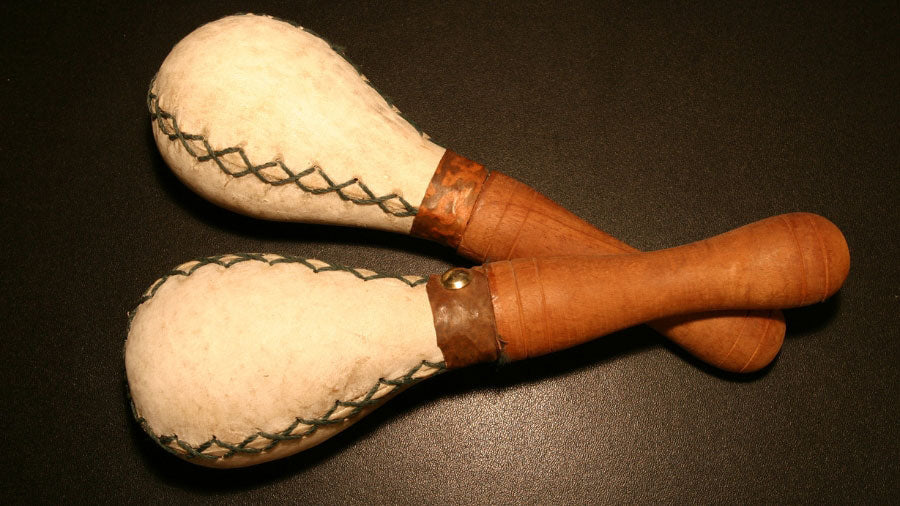Traditional musical instruments from Asia each hold a key place in history and culture. The Chinese guqin, an ancient instrument connected to Confucian philosophy, is one example. China’s musical tradition includes stringed instruments like the guqin and erhu, and wind instruments like the dizi and sheng, based on yin and yang concepts.
India’s tabla, sitar, and sarod are tied to classical music styles such as Carnatic and Hindu music. Japanese music features genres like gagaku and kabuki, blending old and new styles with instruments like the bamboo flute, shakuhachi, and shamisen. Korean music includes instruments such as the gayageum, haegeum, and janggu.
Exploring the unique sounds of Asian music

Asian music has a great sound and is enjoyed by people across the world. One of the most striking aspects of Asian music is the use of pentatonic scales. These scales are prevalent in many traditional genres and create a pleasant sound to the music. The use of microtones adds a new element to the music and allows Asian music to be expressive. By using unique patterns, a beautiful sound is created which helps to elevate the music and helps with its popularity.
Popular Asian musical instruments and their sounds

Asian music features diverse instruments with unique sounds that shape their styles. China’s erhu, a two-stringed fiddle, produces an expressive tone using a wooden sound box and horsehair bow. India’s sitar, with its gourd body and sympathetic strings, creates resonant sounds central to Hindustani classical music.
Korea’s gayageum zither offers a soft, calming tone, while Japan’s three-stringed shamisen adds a twanging depth to kabuki music. Indonesia’s gamelan ensemble uses gongs and metallophones to produce soothing percussion tones. Each instrument plays a vital role in its traditional music with a distinctive sound.
Traditional Asian music genres and their instruments
There are a range of musical genres in traditional Asian music. Each genre is shaped by the instruments that are used for that particular style, and they signify a deep connection with culture and traditions. Some of the instruments include the sarod, sitar, and tabla, which all play a key part in forming classical music in India. The talas and ragas are used to produce technical rhythms in this style of music. In Japan, instruments like the biwa, hichiriki, and ryuteki are used for court music. When combined together, they form the basis of this musical style.
Korean pansori combines narrative singing with instruments like the piri and buk drum. Indonesia's gamelan music uses gongs and metallophones to interlock melodies. The nohkan flute is used in Japanese Noh theatre performances. Hand drums are also used to go with the drama and dance in these productions, and it creates a wonderful emotional experience for the audience.
Asian music and its effect on global music

Asian music has greatly influenced global music, inspiring artists across genres and creating unique fusion styles that blend traditional sounds with Western rock, jazz, and more. This blend enriches creativity and offers listeners fresh experiences. Instruments from Japan and China are widely used in film scores, leaving a lasting impact on the industry. Pioneers like Ravi Shankar and Tan Dun helped introduce Asian music to worldwide audiences, contributing to the rise of world music. Today, digital access makes it easier than ever to explore and celebrate this cultural exchange.
Preserving and promoting Asian musical traditions
It's important that traditional music is preserved for future generations so that they can learn and indulge in the culture of the music. There are many instruments that are to particular genres, and they risk being urbanized, which could change cultural landscapes. Music lovers should ensure that these instruments stay true to their origins.
There are many schools and academies that are ensuring that knowledge of these instruments are passed down through generations. They are teaching the techniques that are needed to play each instrument to its full ability. There are also various organizations and individuals that are ensuring the instruments tie in with traditions. Festivals and events are used to showcase and celebrate the diversity of Asian music. They enable communities to feel a sense of pride and appreciation for the instruments.
Asian music festivals and events

Asia hosts vibrant music festivals that celebrate its varied musical instruments and genres. Key events include the Rainforest World Music Festival in Malaysia, which blends indigenous and contemporary sounds; the Sawai Gandharva Bhimsen Mahotsav in India, which honours Hindustani classical music; and the Bali Arts Festival, which showcases Balinese music and gamelan instruments. The Asia Music Summit fosters collaboration and highlights cultural exchange. These festivals are a great way to highlight the global appreciation that people have for Asia's rich musical traditions.
Learning to play Asian musical instruments
Learning to play traditional Asian instruments, such as the sitar, erhu, gamelan, and shamisen, provides unique tonal systems and rhythmic patterns. Many music schools worldwide provide courses that blend technical instruction with context, while online tutorials allow learners to access resources from anywhere and connect them throughout the world.
This journey allows you to help protect and promote these musical traditions. They have been key in influencing genres such as jass, rock and world music.

